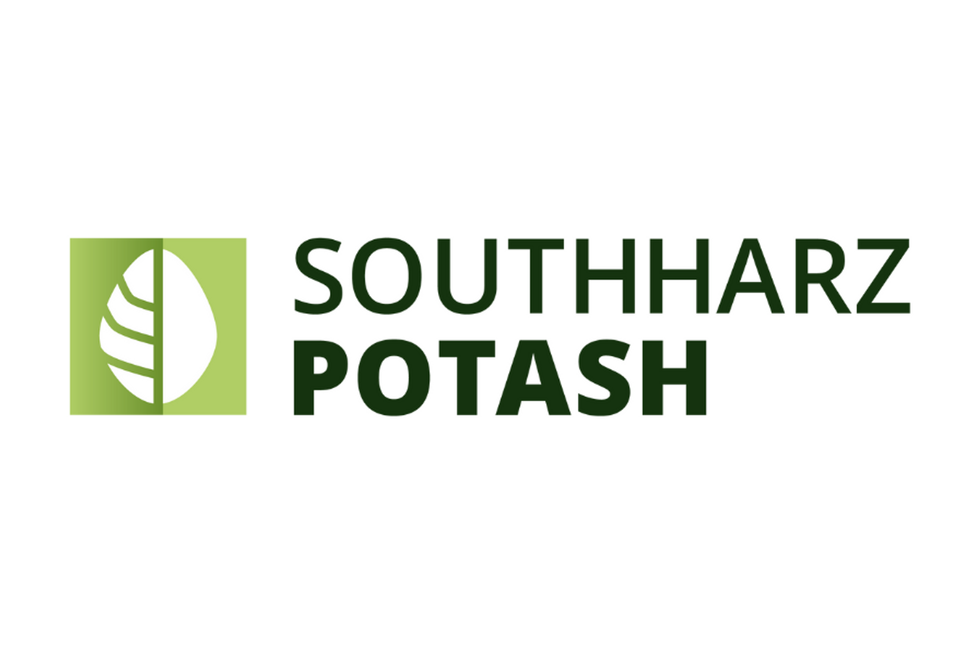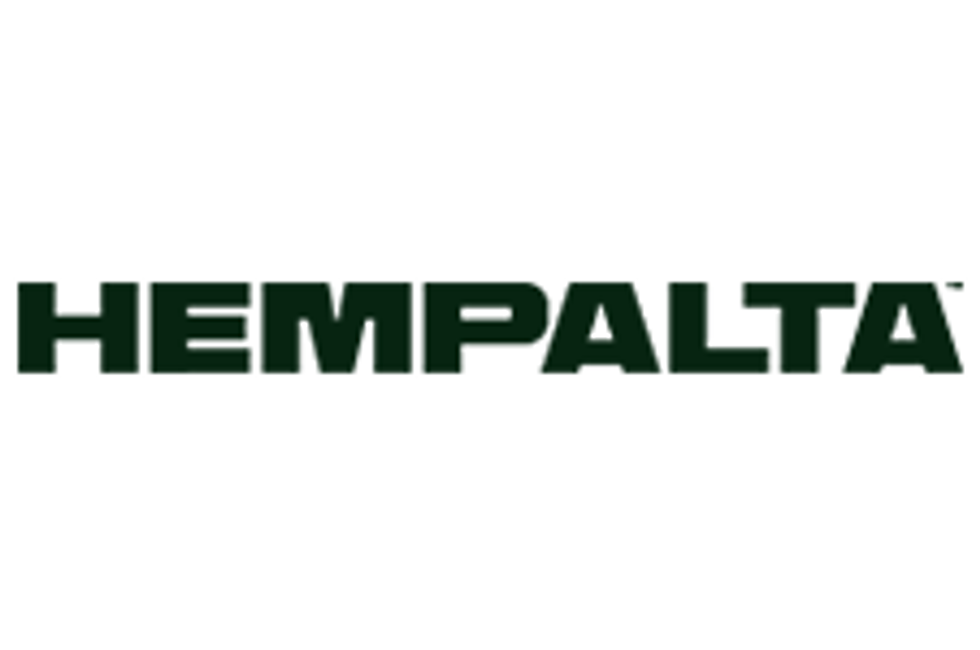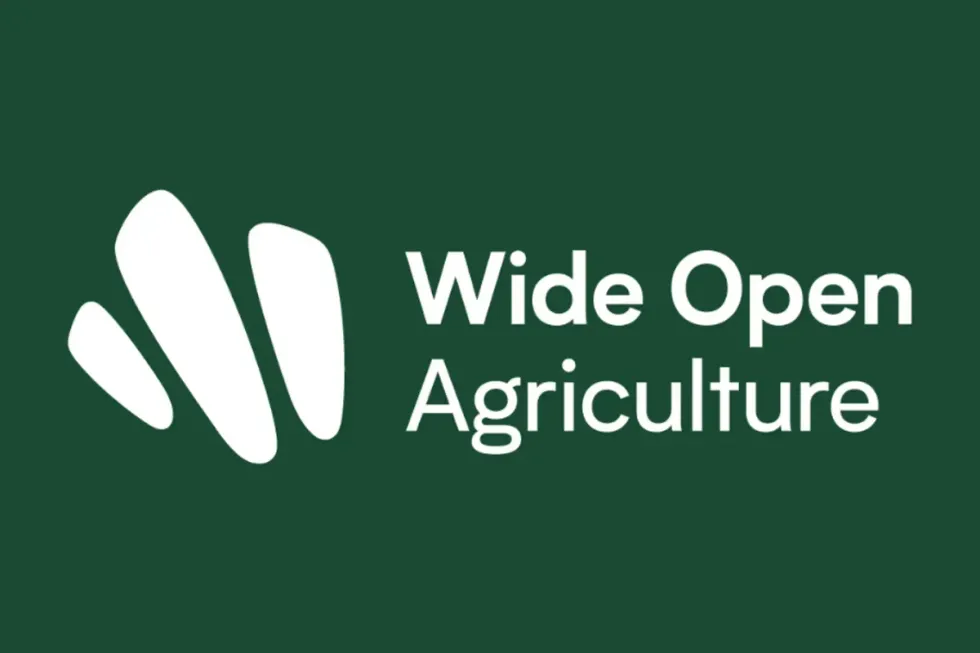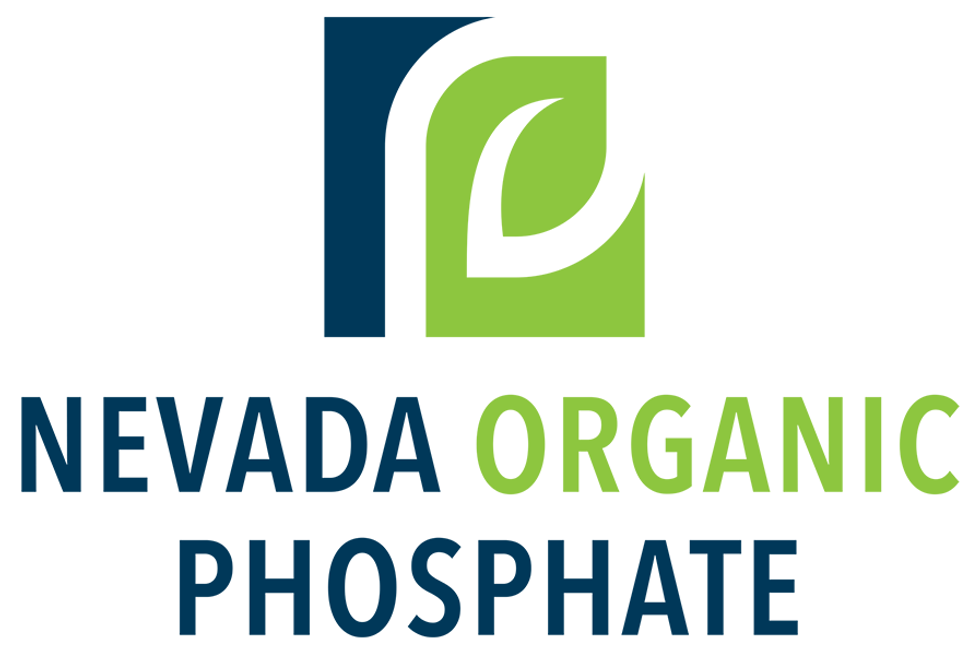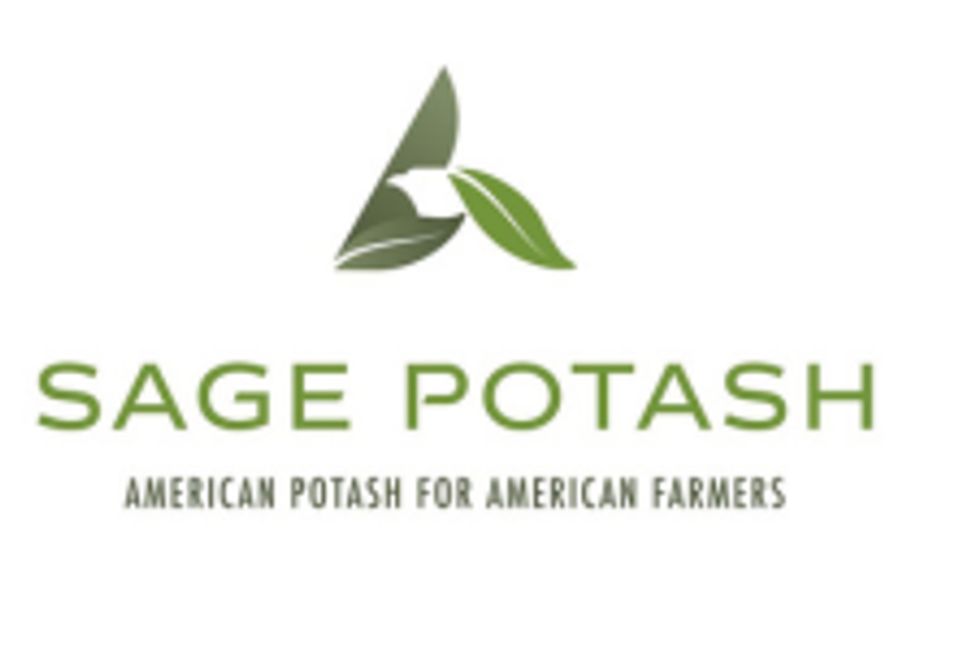Bion Environmental Technologies: Bringing Environmental and Sustainable Change to the Livestock Industry
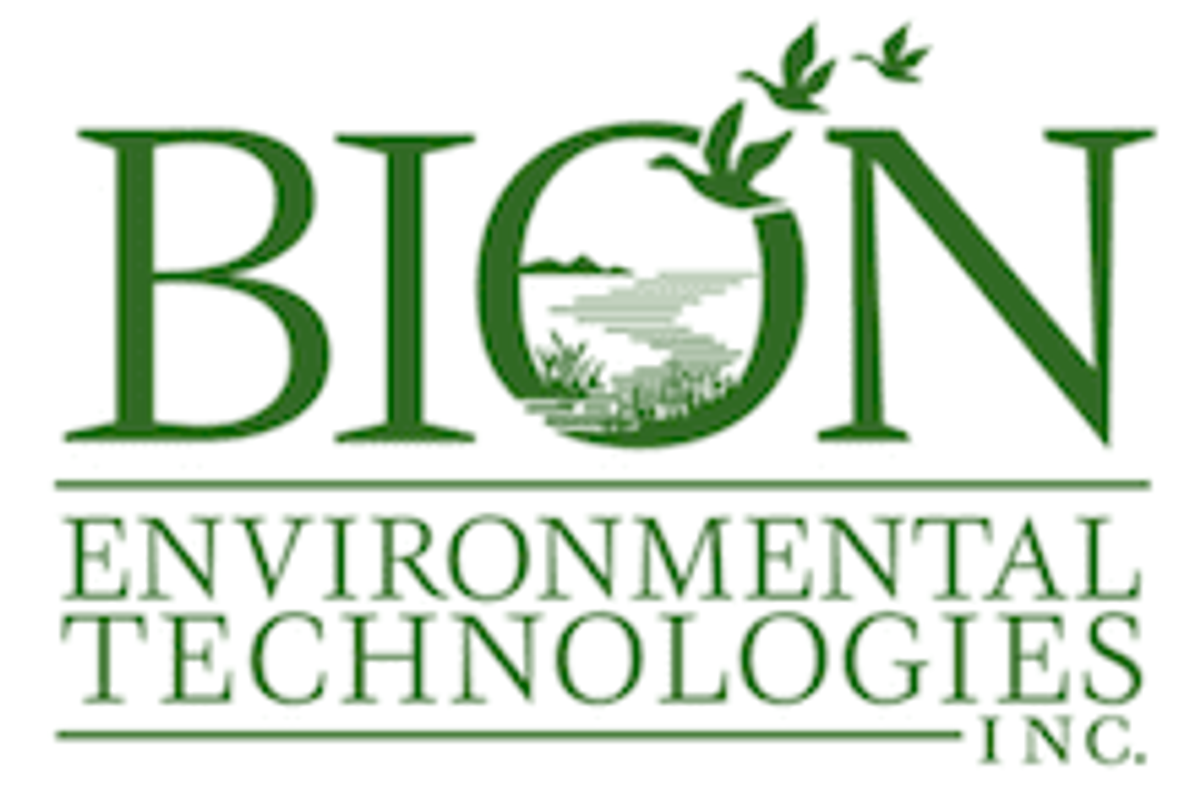
Bion Environmental Technologies has developed a proprietary technology platform aimed at reducing costs and improving efficiencies for large-scale dairy, poultry, beef and swine production facilities.
CEO interviews are part of investor education campaigns for clients advertising on the Investing News Network. Important news is contextualized by CEOs, and the resulting interviews are disseminated to the Investing News Network audience because they have value to market watchers.
The Investing News Network interviews a CEO for an understanding of their perspective on the company, the investment potential of the company and market news related to the company. The information contained here is for information purposes only and is not to be construed as an offer or solicitation for the sale or purchase of securities.
Bion Environmental Technologies (OTCQB:BNET) has developed a proprietary technology platform aimed at reducing costs and improving efficiencies for large-scale dairy, poultry, beef and swine production facilities. The company’s systems are designed to solve one of the greatest water quality problems in the US today by removing excess nutrients, ammonia and greenhouse gas emissions as well as pathogens in the waste stream.
Ongoing state budget and other policy issues in Pennsylvania are expected to have an impact on the current water treatment policy in the state as it is forced to confront the inevitability of defaulting on its Chesapeake Bay nutrient reduction targets in 2017. The outcome of these policy issues will have significant implications for Bion’s future in the water-treatment space in Pennsylvania. Regardless of the outcome, the company now has an ace up its sleeve. Bion’s newly announced third generation technology has the ability to recover nutrients and renewable energy in the form of substantially higher-value by-products.
The Investing News Network (INN) spoke with Director of Communications Craig Scott to share some updates on Bion’s policy initiatives in Pennsylvania, and plans for its next-gen technology at Kreider Farms.
INN: First, can you give us a quick update on what is happening with the policy initiatives in Pennsylvania?
CS: Yes, with the policy initiatives in Pennsylvania we’re fighting a fairly uphill battle. You’ve got a wide variety of folks that have essentially built an industry around the Clean Water Act, including the construction and engineering firms that build infrastructure projects and the banks that finance them. A lot of people just don’t realize how strongly resistant these interested parties are to any policy change or any type of reform. They have had 40 years since the Clean Water Act was passed to solidify their position and to essentially entrench themselves at the government trough, if you will, because almost all of these activities in Clean Water are funded by the taxpayer. And environmental advocacy groups like the Chesapeake Bay Foundation or Penn Futures that benefit from those programs, these guys are also protecting their interest and their cash flows.
So, you’re fighting this deeply entrenched status quo. But anytime you have a disruptive type of technology or a transformational technology, you’re going to fight resistance from the status quo. But it’s kind of disheartening in this case because these organizations really are supposed to represent the environment and the taxpayer.
Pennsylvania’s Department of Environmental Protection (DEP) has now put forth a ‘Reboot’ plan and it really doesn’t include Bion or anything else innovative. It doesn’t say a word about manure control technology. And really that’s a good thing because at the end of the day, we now have something to attack.
This plan essentially calls for spending upwards of $17 billion on doubling down on what they’ve been doing for years that has failed. And that is putting 95,000 acres of land into best management practices which are forested buffers and other types of conservation activities that frankly, really don’t work as advertised. The EPA last year placed an uncertainty factor on these types of activities because they’re models based on historical data, they’re not based on actual measurements.
And really, there’s no assurance of success so the taxpayer is taking the risk of these projects even working. It’s a very large expenditure in a time when they’re fighting over the budget, over pennies in the budget. And it really ignores innovation. It shows little understanding of how these best management practices work and the fact that they’re not as effective as they were claimed to be.
We now have something that should be relatively easy to attack because of the huge cost differentials. Pennsylvania has right in front of it, its own legislative study that shows they can solve this problem for closer to $2 billion if, again, they follow the path to innovation and procure low-cost nutrient-reductions to comply with the Chesapeake Bay Mandate. The budget hearings started recently, and with a Republican-controlled legislature that is focused on reducing spending, I hope you’re going to see things happening in Pennsylvania more quickly.
We think that these cost differences are enough that they’re going to do the right thing for the right reasons, like fixing the Bay and reducing the taxpayer burden, as opposed to just following that status quo and protecting those entrenched interests. The DEP Secretary was in front of the House Appropriations Committee and was asked some rather pointed questions about this reboot plan and we believe that this is going to become a fairly substantial issue as we move forward.
That said, we don’t like people to focus too hard on Pennsylvania. Pennsylvania is just one state out of more than 35 in the nation that suffer from this same environmental problem. We do happen to be focused in Pennsylvania because of the Chesapeake Bay regulations and that’s where the Kreider project is. Something else important to consider is that federal policy is supportive of a market-driven strategy. The Federal Government, from the USDA to the USEPA to the Office of Management Budget, all support nutrient trading and engaging the private sector. The federal guidelines for meeting the mandated reductions recognize innovative alternatives and allow these states access to these lower-cost solutions. Now we just have to wade through the politics at the state level, where the spending decisions are made. We think this is more a question of when, not if.
INN: I understand you had an announcement at the end of January about a third generation of technology. Can you tell us about that technology and how it differs from your second generation? And does it replace the second generation platform?
CS: Yes, this is a big deal for us. For 20 years or so, we developed and improved our 2G technology that is based primarily on aerobic biological processes that stabilize nitrogen. And while it does a great job of keeping reactive nitrogen and other pollution out of the watershed, it is not so effective in the byproducts department. We lose a lot of the nitrogen as harmless N2 gas. The nitrogen we DO capture is very nutrient rich, but it contains a lot of other solids – so it is more suited as a relatively low value soil amendment product. And the renewable energy component was cellulosic solids, which has value from combustion, but not so much as it might in the future as cellulosic fuel technologies get better.
Now, the traditional advanced waste treatment technology out there is anaerobic digestion, or AD…it’s been around for centuries, although it has been improved. The reason we took a different path 25 years ago is that the problem with AD is, while it DOES capture methane from the waste stream, it does nothing to stabilize nitrogen, so it is not a true nutrient management solution. In fact, it actually INCREASES ammonia emissions that make the problem worse, which is why we went a different way early on.
With the development of the ammonia recovery system employed in our 3G technology, we can now have the ‘best of both worlds’. First, it recovers a substantially higher-value nitrogen byproduct. The product is a pure, readily-available nitrogen that we are very confident will qualify for use in organic production, which will throw it into the highest value fertilizer products out there.
Equally important, we can now use AD to produce methane, which at sufficient scale can be conditioned, compressed and injected into a pipeline for delivery in California as a transportation fuel. That particular use qualifies the gas for some of the highest renewable energy subsidies and credits available, so that essentially, the way we USE the gas has much more valuable than the gas itself. This third generation of technology is really a rocket ship compared to the second generation and, although it requires greater scale, we are certain it will substantially improve the economics of our projects.
Further, biogas produced from livestock waste through AD is eligible for a 30 percent federal investment tax credit (ITC). Today. Remember that solar, wind and biofuels markets heated up when that 30 percent ITC was applied to them. ITC has had a huge influence on the biofuels and renewable energy markets because these federal incentives reduce investment risk, giving you that 30 percent ITC back. It’s also an indication that the Federal Government is really looking to stimulate technology developments and improvements in this area.
Currently, it applies to the installation of technology for the production of renewable energy only, and not yet to technology that is directed at nutrient recovery. But we think that’s going to change. We think that there will be legislation introduced this year that will extend the ITC to nutrient control. If that initiative is successful, it means that all of our projects’ CAPEX could be subject to the 30 percent ITC.
And no, we’re not replacing the second generation of technology—the 3rd generation is another tool in the toolbox. The second generation will still be available for smaller large-scale farms when we have the credit system in place and in certain locations that lack the infrastructure to support the 3rd gen.
INN: You said in the press release, the platform “reduced our dependence on nutrient credits to approximately half of total project revenues, just with recovery of renewable energy and nitrogen byproducts”. What does that mean for your investors?
We believe that the economics of Bion projects to treat CAFO wastes will be dramatically improved when our 3G technology is implemented. As stated in the press release, we believe the nitrogen fertilizer and renewable energy-related cash flows alone will increase the value of the by-products to where they represent approximately half of total project revenues, a dramatic improvement. In the case of our planned Kreider Farms poultry project, this will translate into approximately $20 million in additional revenues.
Understand, we still have to apply to the Organic Materials Research Institute (OMRI) for certification for use in organic production. This is key. If we’re successful, it throws that nitrogen product into a much higher value classification as a product compared to synthetic fertilizers. And, we are just starting to evaluate the potential uses for the solids that are left over that still contain a substantial amount of nitrogen, as well as phosphorus, micronutrients and salts, and fiber.
INN: What is the market for the third generation platform?
CS: When we talk about the market for this third generation platform, we want to make sure people understand it’s only for very large-scale facilities. We’re planning to apply this technology at Kreider Farms, where we already have a 2G system at their dairy operation. Kreider Farms is also the third largest egg producer in the United States. They have around 5 million laying hens and would like to go to 10 million. They can’t do that without either treating the waste or transporting it, which is becoming increasingly problematic. So the economics could be much better with our technology because of the potential for credits, the high-value nitrogen recovery and the ability to sell biogas as a transportation fuel in California.
Perhaps one of the biggest benefits of the 3G technology is that it DOES work well on poultry waste, which is dryer and not that compatible with the 2G platform. This opens up a new sector of livestock production for us that we were previously unable to target. And we believe our technology will bring a whole new set of economics to that industry. Something else to consider is that there are approximately 40 million layers total in Lancaster County, where Kreider Farms is located. A strategically located central processing facility could serve the whole area and provide huge nutrient reductions for the state of Pennsylvania.
INN: What major milestones can investors look forward to in 2016?
CS: Well, we have several of them. First and foremost is we think in the next few months we should have resolution one way or the other in Pennsylvania on these policy issues, as far as having a program in place that will reward us with nutrient credits. Understand: our technology is verified. Our credits are verified. We are just breaking down the barriers now to access the public funding that we need to monetize them.
Also, right now we are in the verification process for sustainable branding through the USDA and our application is under evaluation. We’re going well beyond what the process verified program was originally designed to facilitate, things like no antibiotics or no GMO. We’re really taking it to another level. But it’s something that clearly the industry is already moving toward. I think the USDA will have to come up on the learning curve as to what we’re trying to accomplish here, but we are working with them and I think some time in the next two or three months, we’ll probably get some feedback on that.
Further, we anticipate we will apply in the next few months to OMRI for certification for use in organic production for the nitrogen product. We are very confident it will succeed, as no chemicals or additives are used in the production process.
I think in 2016, assuming we get some resolution on the policy issues, you could see us begin to start moving forward with the Kreider poultry project. It would be the largest project of its kind in the United States and a showcase of sustainable farming practices and our technology. Ron Kreider has always been a visionary and a leader on the environment and sustainability. And clearly, once we have a project like that built, it will become much easier to build the next one because we’ll have those results.
More importantly, I think in 2016 we’re going to see more push towards cleaning up livestock in general. More and more livestock production is in the media. It’s not just the nutrient issues. It’s the greenhouse gases; it’s the pathogens and the antibiotic resistance that have really become serious issues for the livestock industry. You’ve also got hormones from some of these dairy operations that are believed to affect fish reproduction downstream. You’ve got toxic algal blooms that shut off the water supply in Lake Erie. You’ve got toxic algal blooms on the East and West Coasts now. You’ve got salt- and freshwater dead zones all over the country and the world.
I mean, this practice of spreading over-concentrations of raw manure on the ground has to stop. It’s bad for the environment and it’s bad for the industry. And we think it’s very close to breaking. The livestock industry recognizes that, too, and that’s why they now support more sustainable strategies. I can’t overemphasize how important it is to us that the livestock industry recently began to support and is now at the table to be included in a market-driven strategy to solve excess nutrient issues. The biggest part of the problem can now be the lowest-cost solution; and Bion is one of the few companies that can help make that happen.
Connect with Bion Environmental Technologies (OTCQB:BNET) to receive an Investor Presentation.
Securities Disclosure: I, Melissa Pistilli, hold no direct investment interest in any company mentioned in this article.
Editorial Disclosure: The Investing News Network does not guarantee the accuracy or thoroughness of the information reported in the interviews it conducts. The opinions expressed in these interviews do not reflect the opinions of the Investing News Network and do not constitute investment advice. All readers are encouraged to perform their own due diligence.
